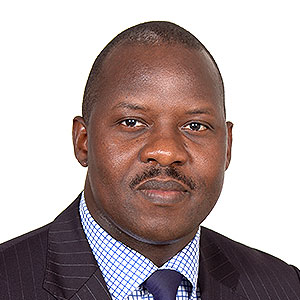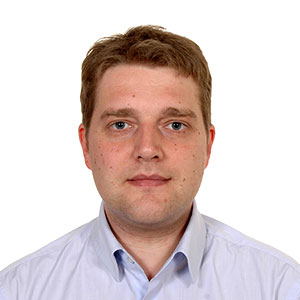Following the Informal Intergovernmental Meetings (29 June – 1 July 2016), participants were invited to review the following sections of the Zero Draft of the New Urban Agenda and share feedback. This was the 3rd part of the discussion, which closed on 7 July. Part 4 begins on 20 July 2016.
Main Topic A: The Transformative Commitments for Sustainable Urban Development
– Sub-topic 1. Sustainable & Inclusive Urban Prosperity & Opportunities for All >
– Sub-topic 2. Sustainable urban development for social inclusion & poverty eradication >
– Sub-topic 3. Environmentally sound & resilient urban development >
Please post your comments in the forum below or send to: support@habitat3.org






 Habitat Suggestions.doc
Habitat Suggestions.doc THE NEW URBAN AGENDA: TOWARDS CITIES THAT ARE MORE INCLUSIVE, EQUAL, AND RESILIENT FOR ALL
THE NEW URBAN AGENDA: TOWARDS CITIES THAT ARE MORE INCLUSIVE, EQUAL, AND RESILIENT FOR ALL Kenya Habitat III CSOs Caucus Communiqué- Habitat III.pdf
Kenya Habitat III CSOs Caucus Communiqué- Habitat III.pdf
Dear Participants,
Thank you for an interesting and informative discussion. Ed has provided a valuable final reflection below. As a final note, let me pick up on the submission Lucy Stevens made on behalf of Practical Action, which highlights the many issues faced by the urban poor and the challenge of managing trade-offs between the needs of the urban poor and the drive to develop infrastructure, strengthen the municipal fiscal base, etc.
Cities are, by their very nature, dynamic places that grow, evolve and develop at a fast pace, particularly in the developing world. In that sense urban development itself needs little assistance: urban areas will grow and develop out of their own momentum. The challenge is to ensure that this development is *sustainable* and *inclusive*.
As we all know, sustainability means meeting the needs of the present without undermining the opportunity for future generations to meet their own needs. Inclusiveness means meeting the needs and aspirations of all urban dwellers; the poor as well as the rich, migrants and marginalized as well as established residents. This is the challenge that needs careful thought, planning and collaborative effort.
The many comments and submissions in this discussion have proposed a range of ideas and suggestions for how to make urban development more sustainable and inclusive. Balancing these various options and approaches requires that we acknowledge the many trade-offs that development brings. As city leaders, residents and entrepreneurs struggle to respond to the dynamic growth of cities, it is easy to fall into the trap of meeting the needs of the present at the cost of the future (e.g. by making short-term choices in infrastructure development) or by neglecting the needs of the poor and marginalized while trying to meet the demands of those with stronger voices (especially elites). Sustainable and inclusive development means that we should resist these pressures as much as possible and take a more inclusive, longer-term view of urban development. This is the challenge that the New Urban Agenda will need to meet.
Our thanks for the many contributions you have made to help us create such a sustainable and inclusive agenda. We look forward to seeing what comes out of the intergovernmental process, and the negotiations that will take place in Surabaya in two weeks’ time.
The New Urban Agenda that is agreed at Habitat-III will only be the start of the journey. We look forward to continuing that journey with all of you, and the many others committed to sustainable urbanization.
With best wishes,
Joseph D’Cruz, Urbanization Task Team Lead, United Nations Development Programme (UNDP)